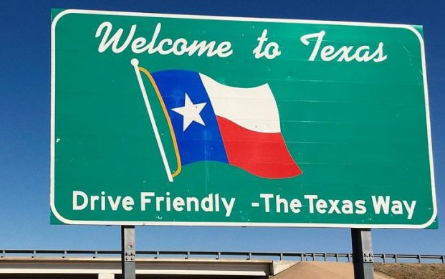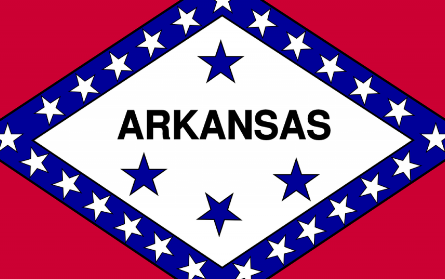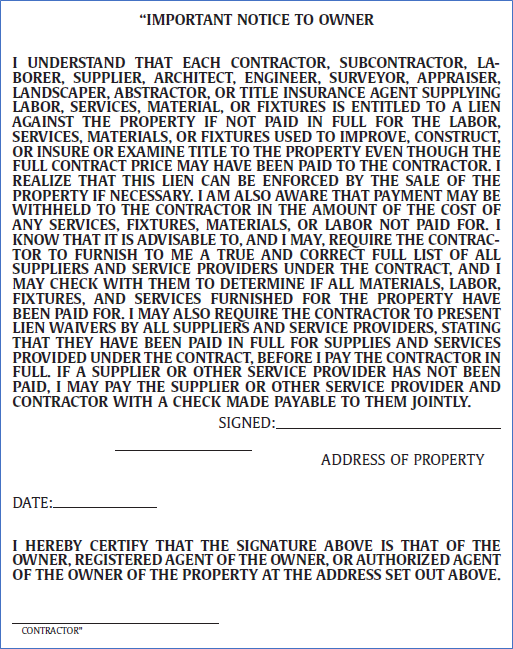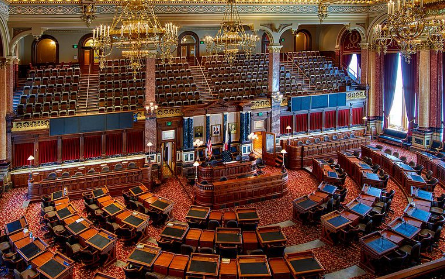
*Post updated 6/16/2021 to include official enactment*
For several years, the Texas legislature has been trying to pass amendments to its mechanic’s lien statute, and finally change is on its way. It’s true, Texas HB 2237, relating to mechanic’s liens, has officially been signed by the governor. What changes are ahead for Texas lien claimants? Let’s review.
When Is It Effective?
The new statute applies only to original contracts (contracts between the owner and prime contractor) entered on or after January 1, 2022. Original contracts entered before January 1, 2022, will follow current statute.
Texas Notices of Non-Payment – Current Statute – Commercial Projects (effective for original contracts executed before 1/1/2022)
Contracting with a Subcontractor:
- Serve a notice of non-payment upon the prime contractor by the 15th day of the second month following each month of furnishing (aka “2nd month notice)
- Serve a notice of non-payment upon the owner and the prime contractor by the 15th day of the third month following each month of furnishing (aka “3rd month notice”)
Contracting with a Prime Contractor:
- Serve a notice of non-payment upon the owner and the prime contractor by the 15th day of the third month following each month of furnishing (aka “3rd month notice”)
Texas Notices of Non-Payment – New Statute – Commercial Projects (effective for original contracts executed on or after 1/1/2022)
Contracting with a Prime Contractor or Subcontractor:
- Serve a notice of non-payment upon the owner and the prime contractor by the 15th day of the third month following each month of furnishing (aka “3rd month notice”)
Under the new statute, parties will have to serve only the 3rd month notice on a commercial contract. To protect your rights, if the date of the original contract is unknown, it is recommended to follow the current statute and to serve both the 2nd month and the 3rd month notices.
Delivery of Notices
The new legislation provides for additional methods of service. Aside from the typical certified mail, service can be “by any other form of traceable, private delivery or mailing service that can confirm proof of receipt.” (Section 53.003 (b)(3))
New Forms?
Under the new statute, both Notices of Non-Payment and Notices of Retainage will see changes.
SECTION 11. Section 53.056, Property Code, is updated by amending Subsection (a) and adding Subsections (a-1), (a-2) …
(a-2) The notice must be in substantially the following form:
“NOTICE OF CLAIM FOR UNPAID LABOR OR MATERIALS
“WARNING: This notice is provided to preserve lien rights.
“Owner’s property may be subject to a lien if sufficient funds are not withheld from future payments to the original contractor to cover this debt.
“Date: _______________
“Project description and/or address: _______________
“Claimant’s name: _______________
“Type of labor or materials provided: _______________
“Original contractor’s name: _______________
“Party with whom claimant contracted if different from original contractor: _______________
“Claim amount: _______________
“_______________ (Claimant’s contact person)
“_______________ (Claimant’s address)”
SECTION 12. The heading to Section 53.057, Property Code, is amended to read as follows:
(a-2) The notice must be in substantially the following form:
“NOTICE OF CLAIM FOR UNPAID RETAINAGE
“WARNING: This notice is provided to preserve lien rights.
“Owner’s property may be subject to a lien if sufficient funds are not withheld from future payments to the original contractor to cover this debt.
“Date: ________________
“Project description and/or address: ________________
“Claimant’s name: ________________
“Type of labor or materials provided: ________________
“Original contractor’s name: ________________
“Party with whom claimant contracted if different from original contractor: ________________
“Total retainage unpaid: ________________
“________________ (Claimant’s contact person)
“________________ (Claimant’s address)”
Texas Suit to Enforce Mechanic’s Lien
The deadline for filing suit is reduced to one year (instead of 2 years) from the last date the claimant could have filed a lien.
- Except as provided by Subsection (a-2), suit must be brought to foreclose the lien not later than the first anniversary of the last day a claimant may file the lien affidavit under Section 53.052.
Currently, claimants should file suit to enforce the lien within 2 years from the last date the claimant could have filed a lien, OR within 1 year after completion of the original contract under which the lien is claimed, whichever is later.
Change to Lien Waivers
Although the basic template for Texas lien waivers remains the same, the waiver will no longer need to be notarized. (Section 53.281(b)(2))
Lien Rights Now Available to Licensed Professionals
Under current statute, licensed professionals such as architects are only afforded lien rights if they contract directly with the owner. Under the new statute, lien rights are extended to licensed design professionals regardless of who they contract with.








